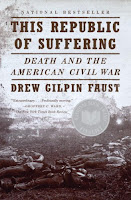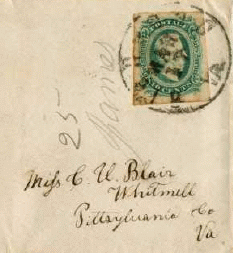The History Behind Memorial Day

Although I know we are 4 months beyond the last Memorial Day and will wait 8 more months before it comes around again, I was fascinated to learn how it came to be through my readings from the History Connected program coursework this year. I knew it became an official American holiday in the late twentieth century, but I did not know the roots of Memorial Day stretch all the way back to the post-Civil War era. To understand this American desire to honor those who made the ultimate sacrifice, one must first understand the scale of death that Americans were coping with in the wake of the War Between the States. The number of soldiers who died between 1861 and 1865, an estimated 620,000, is approximately equal to the total American fatalities in the Revolution, the War of 1812, the Spanish-American War, World War I, World War II, and the Korean War combined. The Civil War's rate of death, its incidence in comparison with the size of the American population, was six times that o


